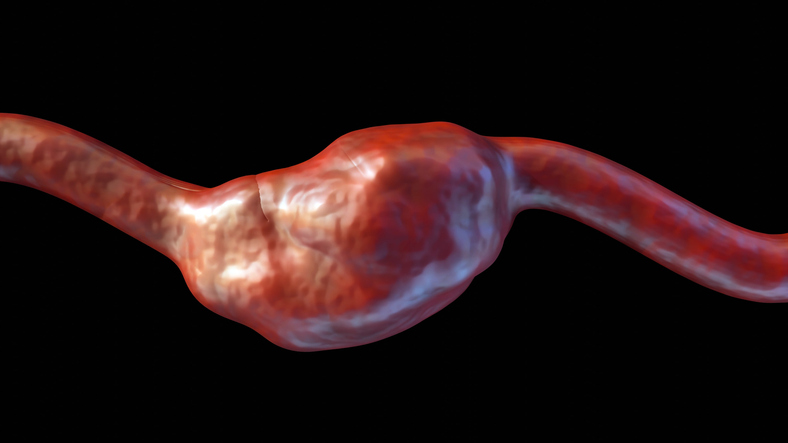
In the BASKET-SMALL 2 randomized controlled trial, researchers compared the effect of a drug-coated balloon (DCB) against drug-eluting stents (DES) in patients with small coronary artery disease, either with or without high-bleeding risk (HBR), undergoing percutaneous coronary intervention. According to the article in Circulation: Cardiovascular Interventions, “DCBs were similarly safe and effective as current-generation DES in the treatment of coronary arteries <3 mm, regardless of bleeding risk.”
DCBs in Small Coronary Artery Disease Treatment
The study’s lead author, Bruno Scheller, wrote that these findings were based on a subgroup analysis of a 758 small coronary artery disease cohort from a multicenter, randomized, noninferiority trial undergoing percutaneous coronary intervention with DCB (n = 382) or second-generation DES (n = 376). Of the enrolled patients, 155 (20%) had HBR.
In the article, the authors reported that patients with HBR had a higher mortality rate at three years compared to those without bleeding risk (hazard ratio [HR], 3.09; 95% confidence interval [CI], 1.78–5.36; p <0.001). The rate of major bleeding events were low overall, but specifically “tended to be lower after DCB versus DES (1.6% versus 3.7%; p = 0.064), were similar in patients with HBR (4.5% versus 3.4%) but less frequent in DCB-versus DES-treated patients without HBR (0.9% versus 3.8%).” Moreover, there was no difference in major adverse cardiac events between DCB and DES, regardless of bleeding risk (hazard ratio [HR] = 1.16; 95% CI, 0.51–2.62; p = 0.719; and HR = 0.96; 95% CI, 0.62–1.49; p = 0.863, respectively).
In closing, the authors also described that “there was a trend towards a reduction of severe bleeding events at 3 years,” with DCB, supporting their conclusion that high bleeding risk did not compromise the advantages of DCB in patients with small coronary artery disease.
Find More Related Research at the DocWire News Atherosclerotic Disease Knowledge Hub







 © 2025 Mashup Media, LLC, a Formedics Property. All Rights Reserved.
© 2025 Mashup Media, LLC, a Formedics Property. All Rights Reserved.